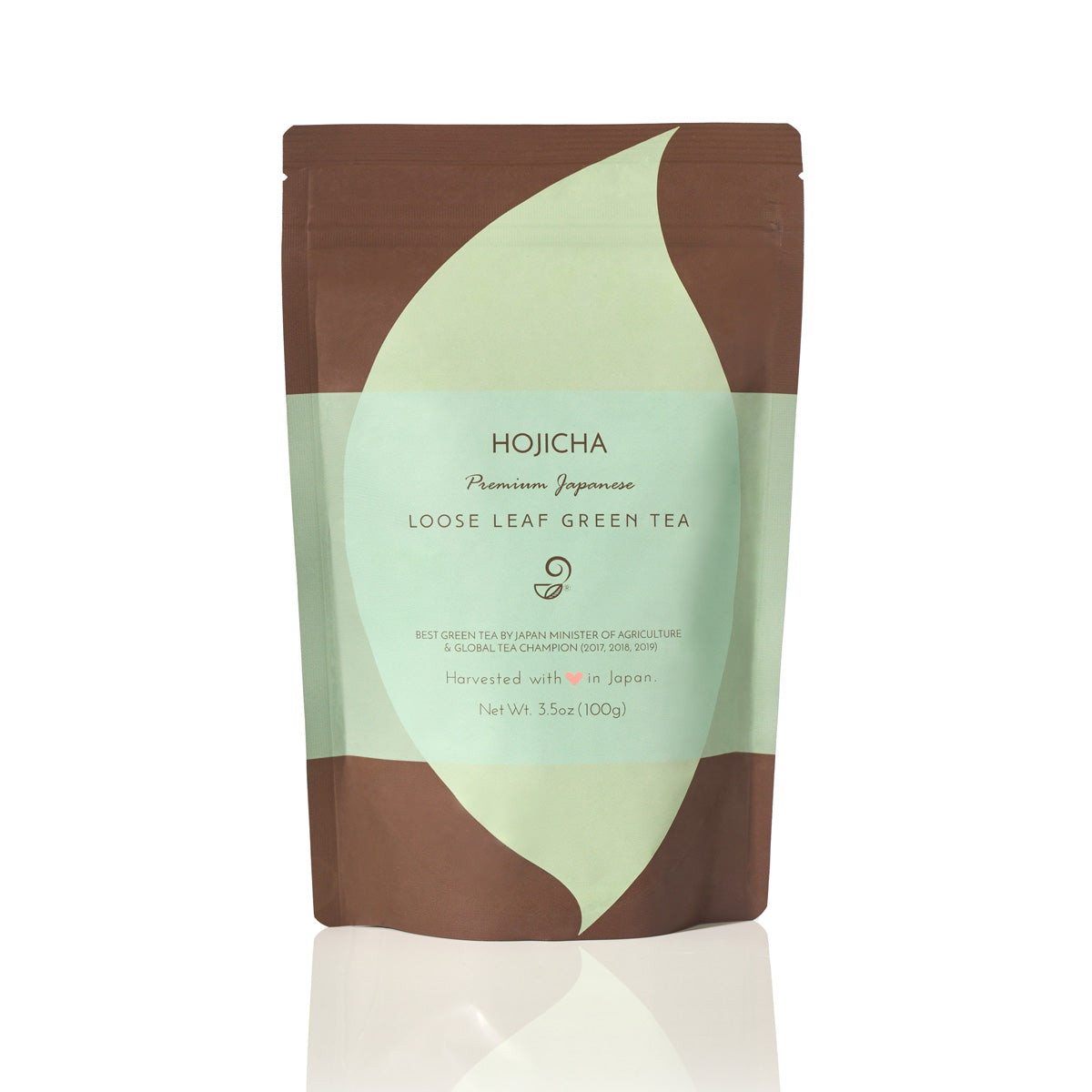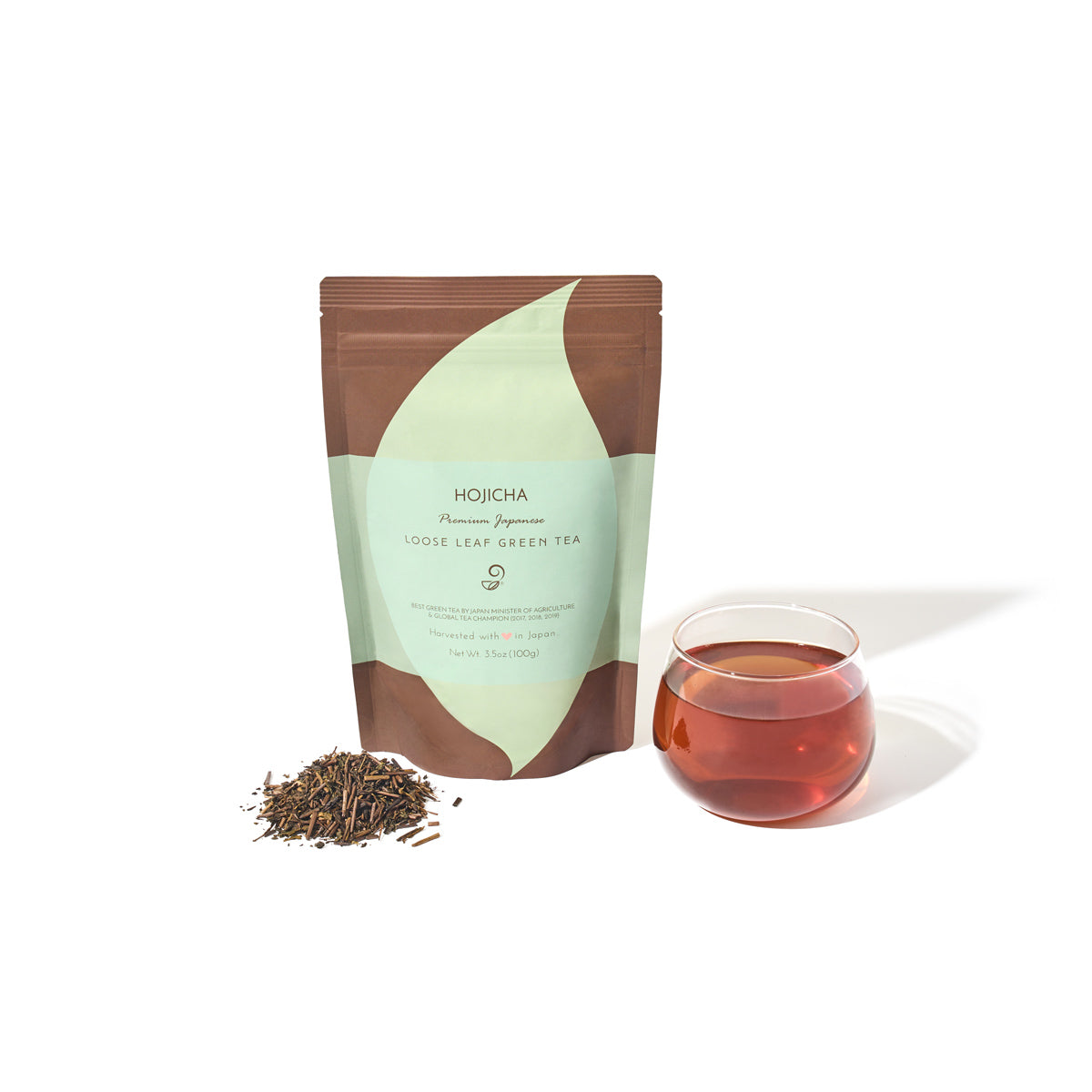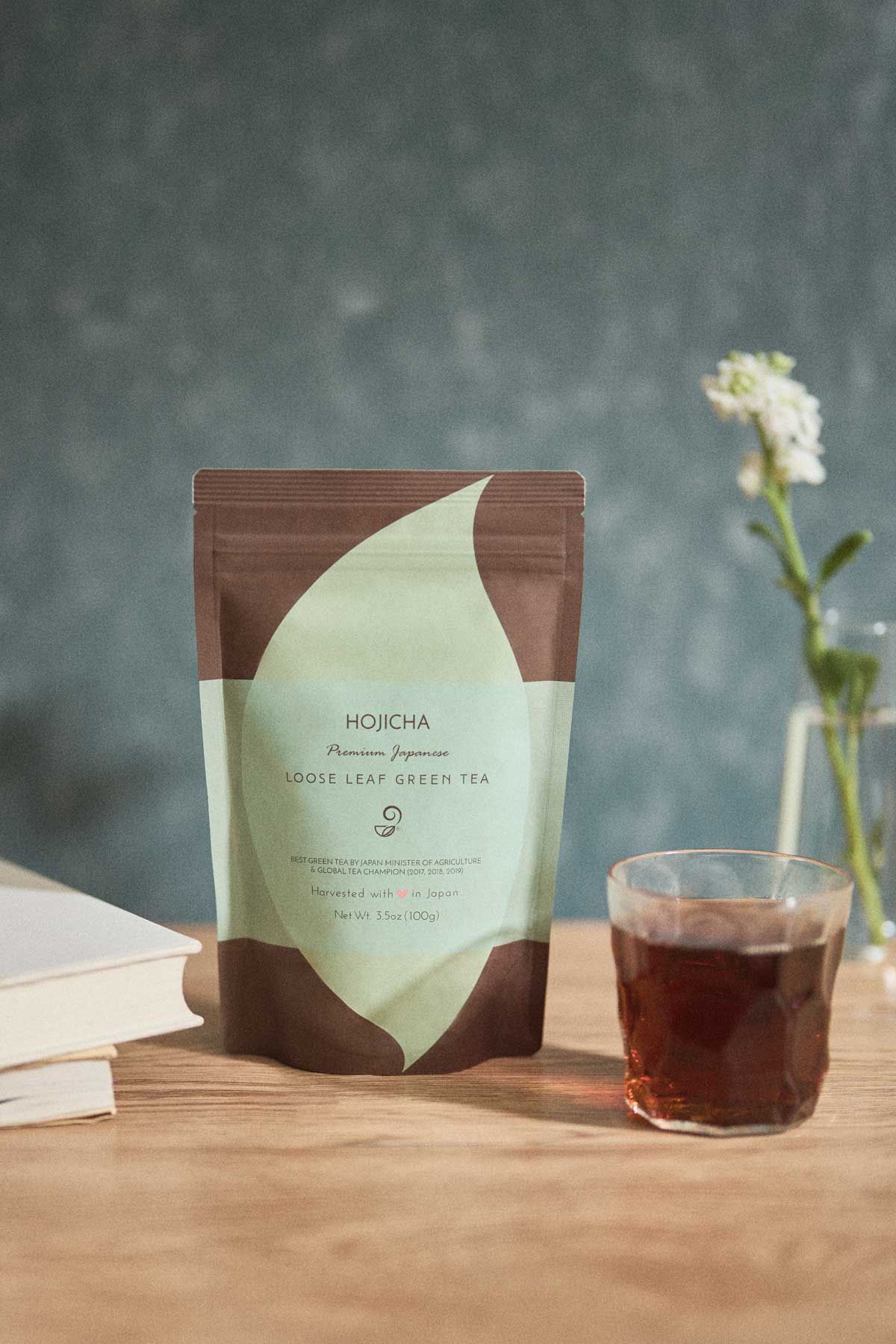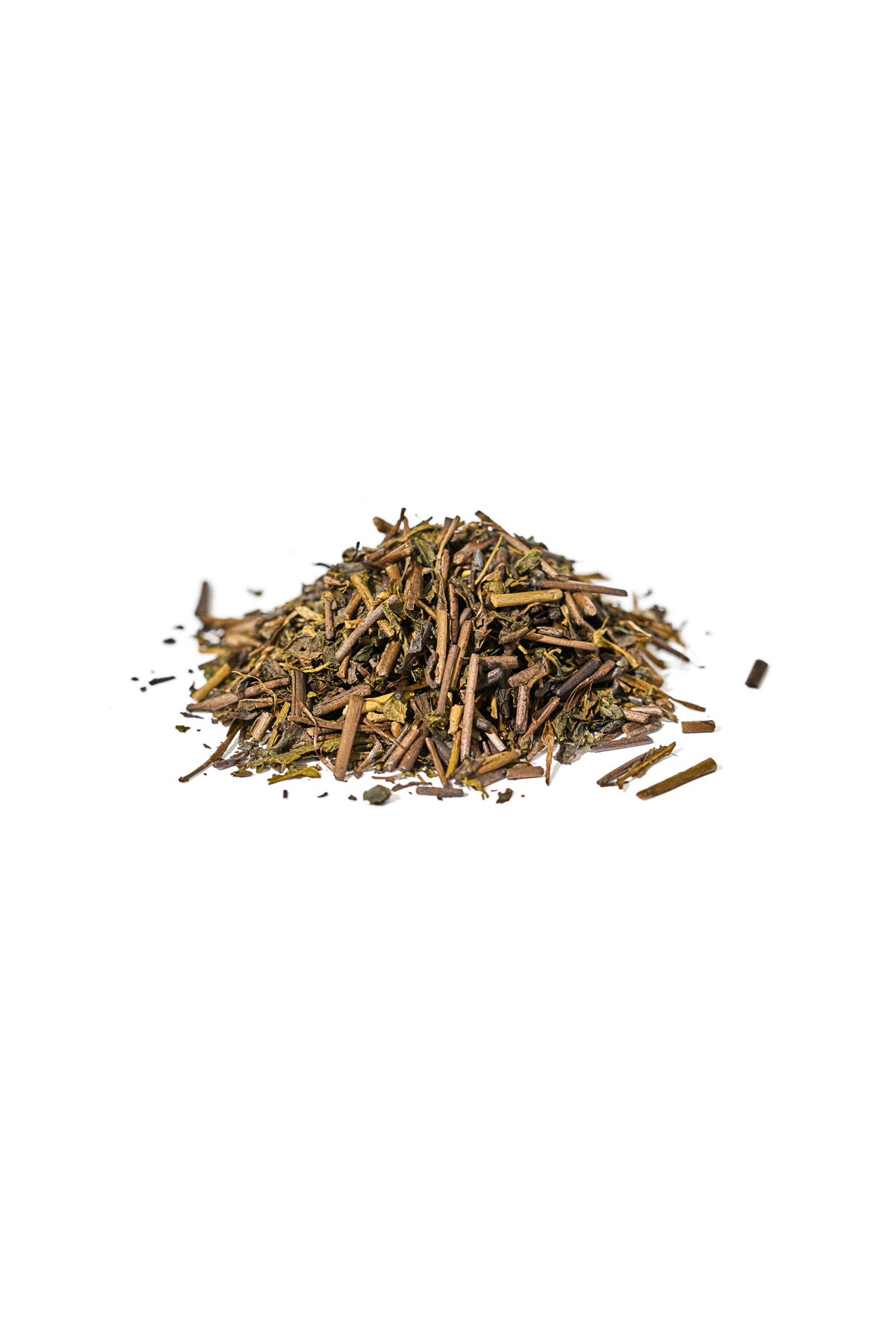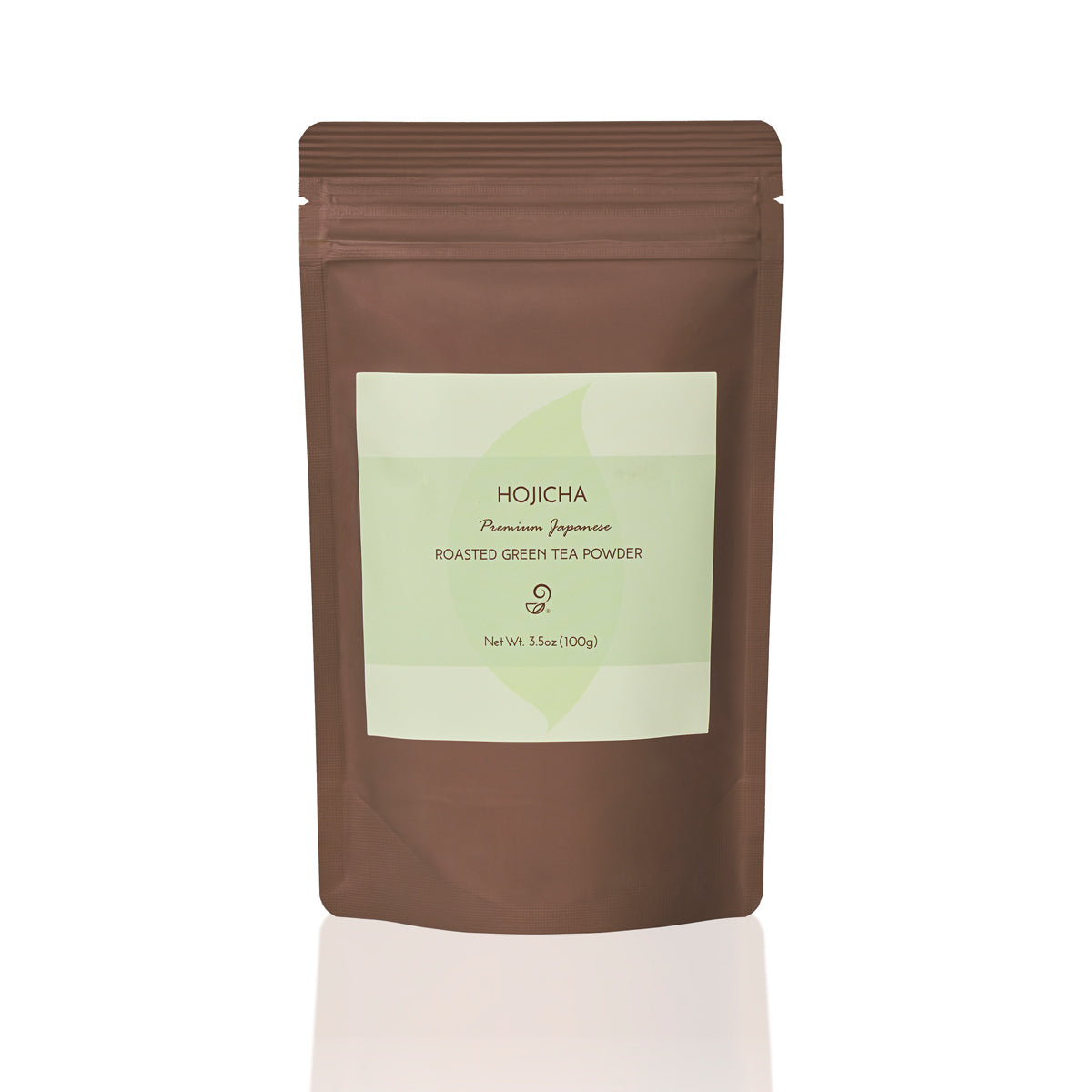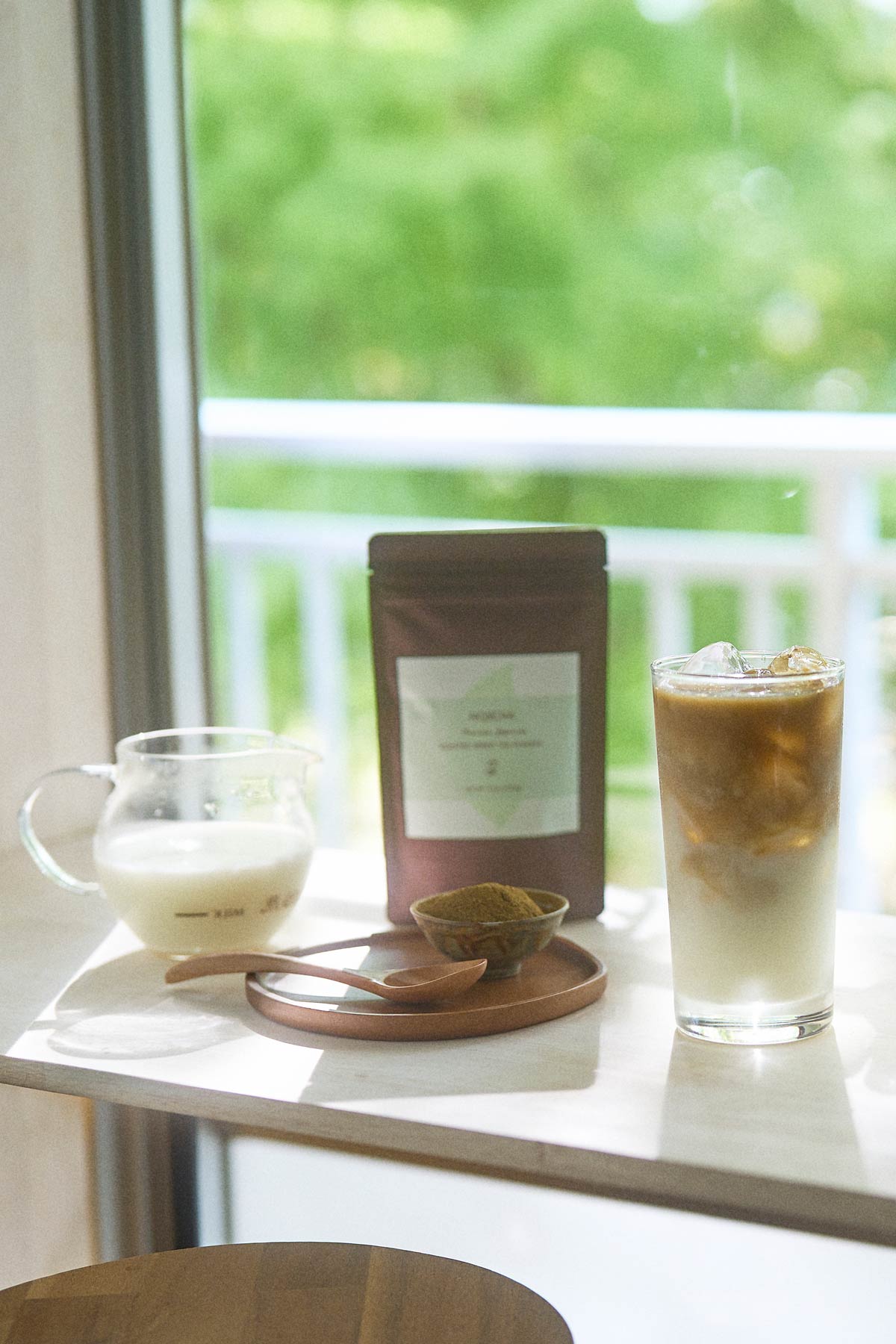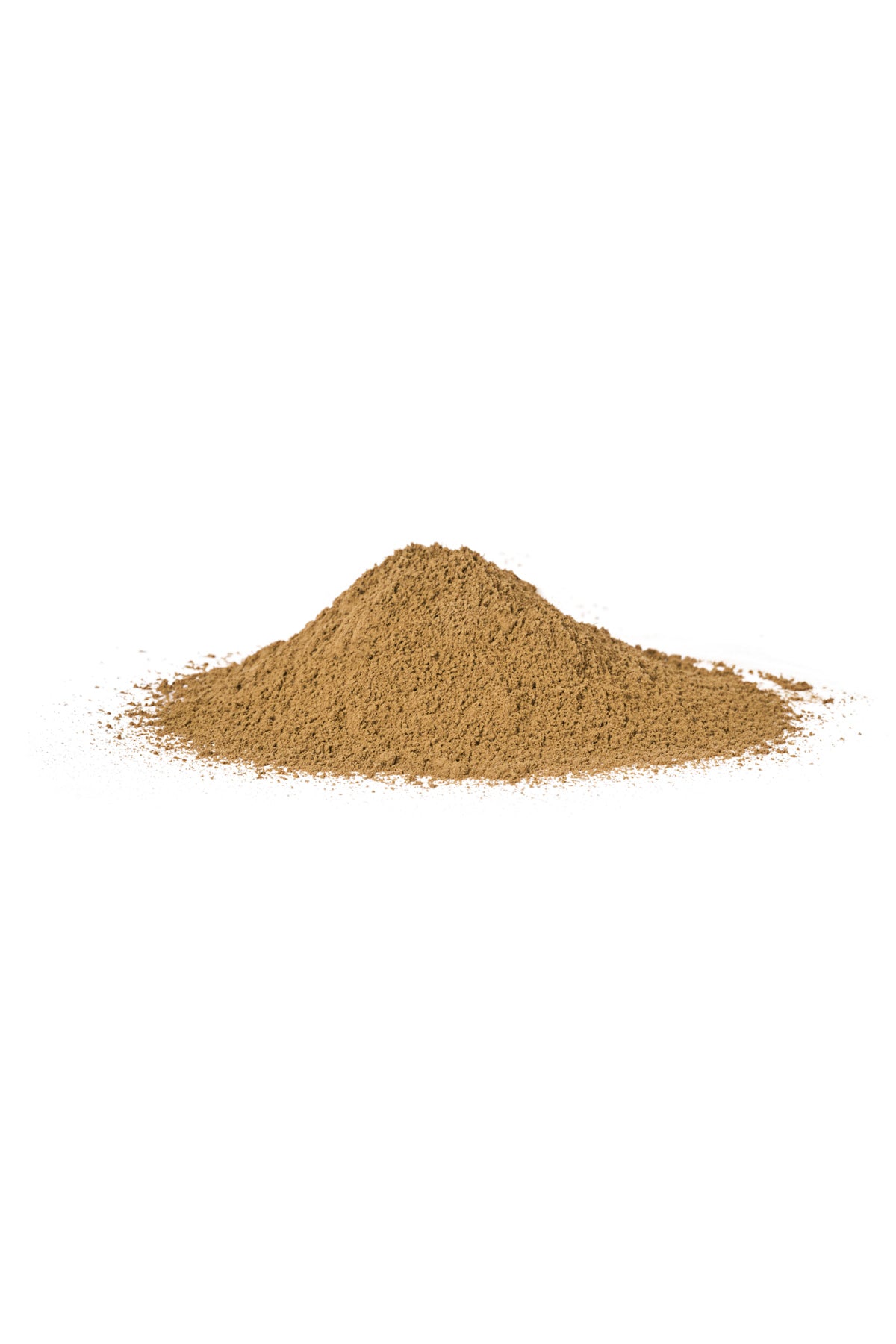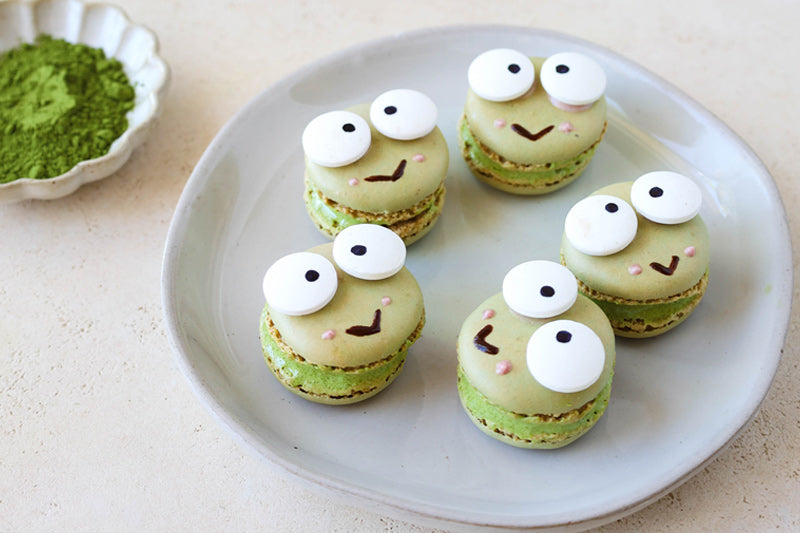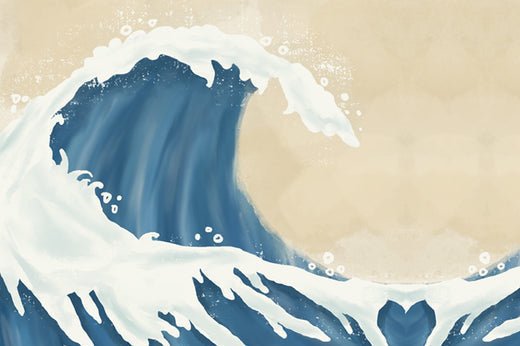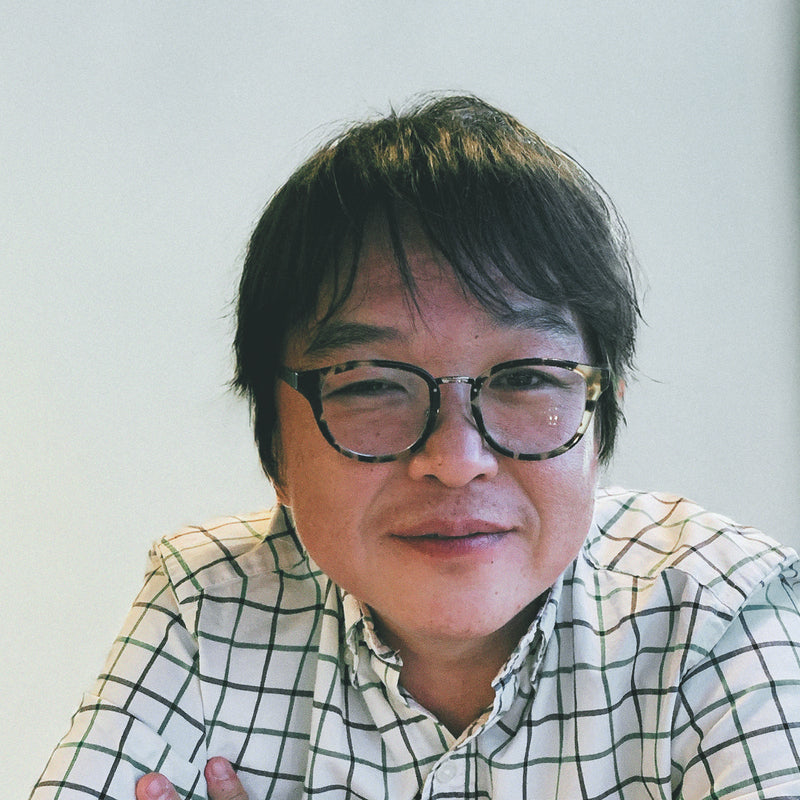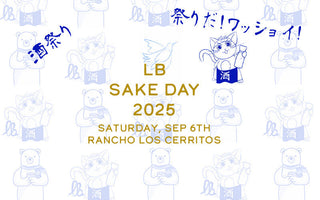Just like every film and TV series needs a protagonist, it seems like they all need some sort of tiny-little-cute side character.
Think “Baby Yoda” (aka Grogu) or the adorable yellow Minions from Despicable Me.
Certainly, in Japanese media cuteness is everywhere.
Even Japanese advertisements and everyday products often feature cheek-pinchable characters.

The iconic cheek-pinchable kewpie brand character
One of our all-time favorite cuties from Japan are the Makkuro Kurosuke (まっくろくろすけ) “Pitch Black” (also known as Susuwatari “Wandering Soot”), featured in two different Studio Ghibli films.
But these little fellas are more than just whimsical fluff balls, they come from ideas based on Japan’s native religion, Shintoism.
In this article we’re going to explain a little about these fictional creatures, how they relate to Shintoism, and how this ancient religion is intrinsically linked to Japanese green tea practices.
And, to top it off, we’re going to tell you how to make your own edible Makkuro Kurosuke!
Studio Ghibli’s Shinto Influence
If you don’t already know, Studio Ghibli is famously headed by beloved director Hayao Miyazaki and a few other extremely talented people.
They produce Japanese animations in a very beautiful style that has become adored around the world.
If you have even the slightest interest in cinema or animation, you have surely heard of My Neighbor Totoro, Spirited Away, or Princess Mononoke.
Totoro wall art in Kakaako, Hawaii during COVID time.
Read more about Hawaii and Japanese Green Tea here.
You may have noticed that in Studio Ghibli’s films, they frequently feature many strange creatures – usually inexplicable, supernatural beings.
These spirits are inspired by the kami of Shintoism, Japan’s native religion in which there are essentially an infinite number of these nature and ancestral spirits.
Remember those big bouncing head guys from Spirited Away?
They’re (sort of) kami!
Or the odd-looking deer-like creature from Princess Mononoke?
That’s a kami too!
Although, not all kami are so easily categorized – there are many different types of kami, and translating the word simply means “spirits” in English. This may not be strictly accurate, but broadly speaking, that is the meaning.
The concept of kami is the way in which Shinto followers in Japan for hundreds of years have interacted with the natural world – pleasing, avoiding, or caring for these hidden spirits.
In a more practical sense, it’s a way of bringing community together to practice traditional ceremonies and celebrations, and most of all, to foster respect for nature.

Hayao Miyazaki’s genius is turning these invisible concepts into terrifying, but cute and curious figures on the screen to entice our imaginations.
Now the question is, how does Studio Ghibli use the idea of kami to enhance its animations? But more importantly, why does Shintoism play such a prominent part in their storytelling?
The Makkuro Kurosuke
But you didn’t read up until here for just any old kami!
You want to know about those fuzzy little fluffs, right?
The Makkuro Kurosuke appear in two Studio Ghibli films -- Spirited Away and My Neighbor Totoro.
In My Neighbor Totoro, the Makkuro Kurosuke are very shy and elusive.
They represent a sort of loneliness and emptiness in abandoned or empty houses – but as the protagonists move into the house, the spirits harmlessly disappear into the sky.
In this example, they are more representative of a concept or a feeling than nature.
Think about it, don’t you ever feel like an empty building has a mysterious life of its own?
It’s an explicable feeling, but turning that feeling into a ‘living’ creature is a way of understanding it.
Where you probably really noticed these kami is in Spirited Away, where they interact more directly with the main characters – showing themselves to be hard workers, carrying coal to the fire, and even being a little mischievous.
For Spirited Away, they provide us with an example of how the material and spirit worlds interact harmoniously.
So, Why Does Studio Ghibli Feature Kami?
It begs the question, what’s the deal with all these spirits in these films anyway?
These animated films highlight some of the core concepts behind Shintoism.
In Shintoism, the spiritual and physical world interact (mostly) harmoniously, and the kami represent that idea in a way that they interact with the human characters.

This isn’t to say that Studio Ghibli is pushing some sort of religious agenda, but they use the folkloric and religious background of Japan to tell stories in a distinctly Japanese way that resonates with audiences around the world.
All of us depend on nature, and we all contend with its forces in some way.
The animated kami that they have created give us scary but loveable and whimsical depictions of the natural world. that while sometimes bizarre are also inherently relatable for everyone in a deep sense.
They use these Shinto concepts to give us a feeling of wonderment, which also compliments the beautiful stories they depict at the same time.
Weird Kami/Yokai
Studio Ghibli has surely created some mind-bogglingly strange characters, but the “official” spirits of Shinto can be just as fascinating.
(And no disrespect to the practitioners of Shinto, but some of the spirits are just plain… well, odd?)
Take for example the yokai known as Tōfu-kozō (“Tofu Boy”) who have the appearance of big-headed little boys wandering the streets at night offering people tofu, and sometimes playing pranks on them.
Another particularly grotesque one is Akaname, a filthy ogre-like spirit who uses his long tongue to lick the dirt from unclean bathrooms (thanks for the help?).
So, when you think about it, some flying soot sprites like the Makkuro Kurosuke are pretty tame in comparison to some of the actual spirits of Shinto!
But while these mischievous spirits are entertaining to imagine, they tie into a deeper connection between the lives of humans and spiritual practices, such as tea ceremonies, where spiritual forces play a role in how followers of Shintoism engage with their surroundings.
Green Tea, Shinto and Spirits
Hah, did you think we forgot about green tea? Never!
Green tea is, in fact, strongly linked to Shinto and Kami in a number of ways.
While there isn’t really a specific famous “green tea kami” or some sort of tea-slurping yokai, some of the most important spiritual figures in Shinto are linked to agriculture and green tea such as Inari Ōkami and Toyouke-hime.

Rural communities and those who work in agriculture surely pay their respects to such spirits even today – and indeed, they have hundreds of shrines dedicated to them around Japan.
It could also be said that the Japanese green tea ceremony (which we’ve written about here previously) is in itself a way of honoring the kami and showing reverence to the spiritual and the natural world.
In one scene from Spirited Away, we even see the protagonist, Chihiro, having tea with one of the “witches” known as Zeniba.
Considering that fact that up until this point of the film, our heroine has been experiencing mostly danger in the spirit world, this scene is very calm in contrast; and the addition of tea is symbolic of harmony, unification, and mutual respect.
To share tea with someone in this way is to express kindness and interconnection, and by extension in the context of the film, Chihiro is beginning to balance her relationship to the world of these spirits and supernatural beings.

Whenever you are watching a Studio Ghibli film, keep an eye out for these tea scenes!
Many of their films feature such scenes, even if it is brief, they often represent similar ideas of closeness, connection, and appreciation.
Conclusion
Studio Ghibli’s world is filled with spirits, folklore, and hidden meanings that make its stories feel alive.
The Makkuro Kurosuke may be tiny, but they embody something much bigger - a connection to nature, imagination, and the unseen forces that shape our world.
Green tea, like these spirits, holds a special place in Japanese culture - bringing people together in moments of reflection and appreciation.
Next time you watch a Ghibli film, notice how these elements shape the story.
And if you are feeling creative, try making your own edible Makkuro Kurosuke.
Download Printable One-Page Recipe PDF Now
INGREDIENTS
- ¾ cup pitted dates
- 1 cup almonds
- ¼ cup cacao powder
- 3 tbsp maple syrup
- 3 tsp Hojicha Loose Leaf or Hojicha Powder
- splash of almond milk
- chocolate sprinkles
- small candy eyes
INSTRUCTIONS
- Grind about 1 tbsp of Hojicha Loose Leaf Tea into a fine powder in a coffee grinder. (Or use 1 tbsp of Hojicha Powder) Set aside.
- Blend the dates, almonds, cacao powder, maple syrup, and Hojicha powder in a food processor.
- Scrape down the sides and add a splash of almond milk. Blend again until the mixture holds together but isn’t too sticky.
- Scoop out the mixture with a small cookie scoop and roll into balls.
- Toss in chocolate sprinkles and gently press two small candy eyes on the top half of each ball.
- Serve and enjoy!
Even the smallest things can carry a sense of wonder!

Download Printable One-Page Recipe PDF Now
• Disclosure: I only recommend products I would use myself, and all opinions expressed here are my
own. This post may contain affiliate links that I may earn a small commission at no additional cost to you.
The commission also supports us in producing better content when you buy through our site links.
Thanks for your support.
- Kei and Team at Japanese Green Tea Co.
Get Free Bonus Books

Sign up for free to the Green Tea Club to get advice and exclusive articles about how to choose Japanese Tea, and tips, tricks, and recipes for enjoying Japanese tea.
About the author
Kei Nishida
Author, CEO Dream of Japan
Certification: PMP, BS in Computer Science
Education: Western Washington University
Kei Nishida is a passionate Japanese green tea connoisseur, writer, and the founder and CEO of Japanese Green Tea Co., a Dream of Japan Company.
Driven by a deep desire to share the rich flavors of his homeland, he established the only company that sources premium tea grown in nutrient-rich sugarcane soil—earning multiple Global Tea Champion awards.
Expanding his mission of introducing Japan’s finest to the world, Kei pioneered the launch of the first-ever Sumiyaki charcoal-roasted coffee through Japanese Coffee Co. He also brought the artistry of traditional Japanese craftsmanship to the global market by making katana-style handmade knives—crafted by a renowned katana maker—available outside Japan for the first time through Japanese Knife Co.
Kei’s journey continues as he uncovers and shares Japan’s hidden treasures with the world.
Learn more about Kei

